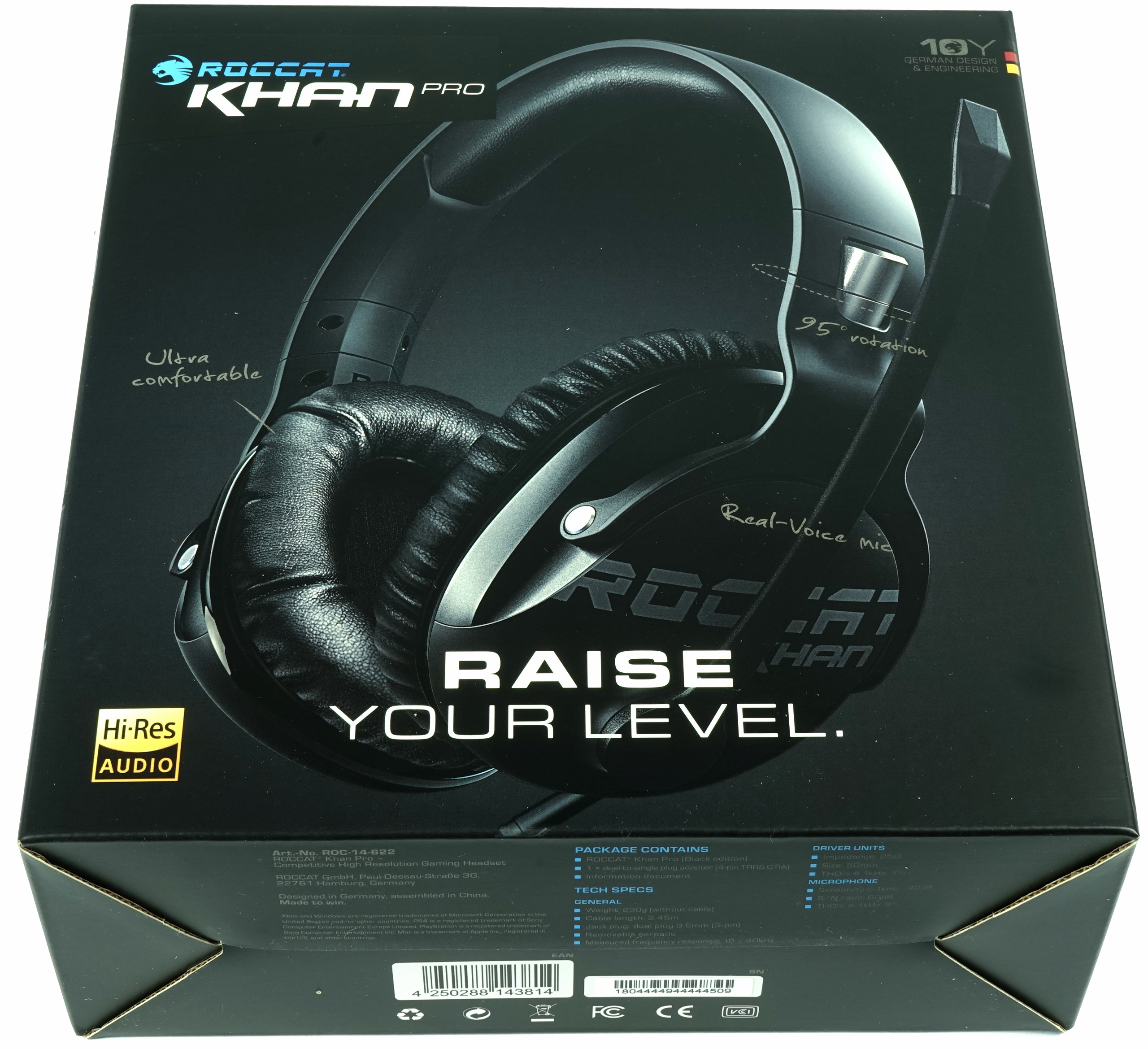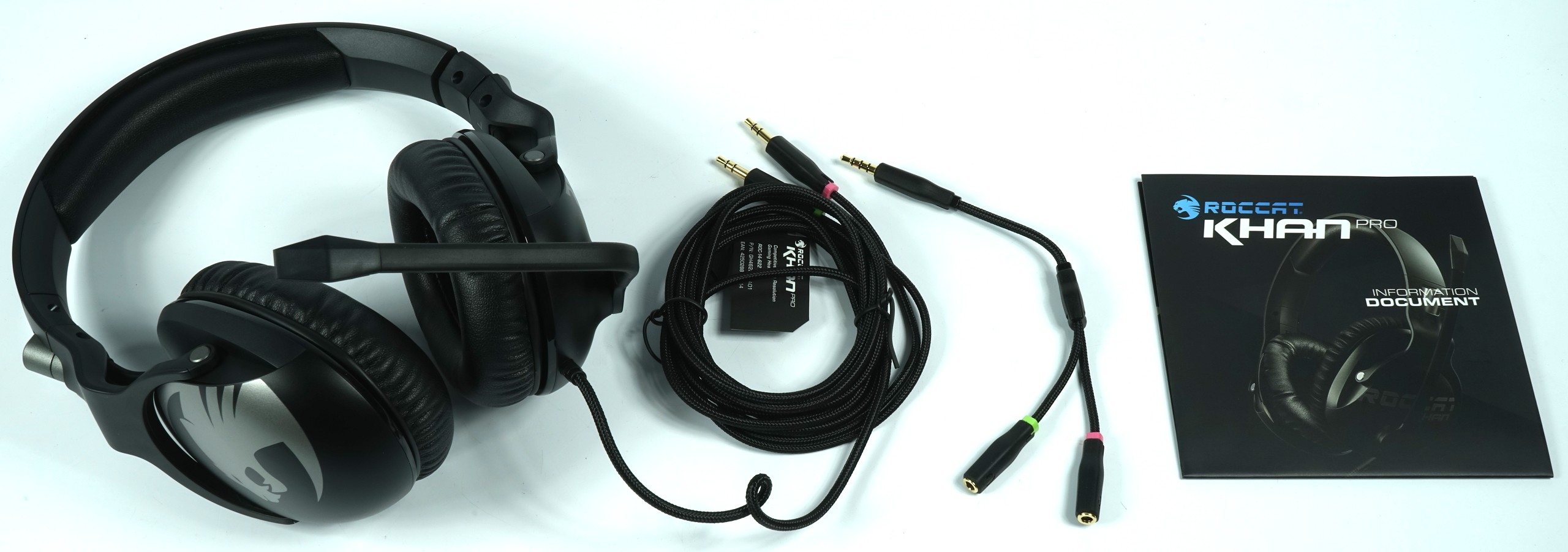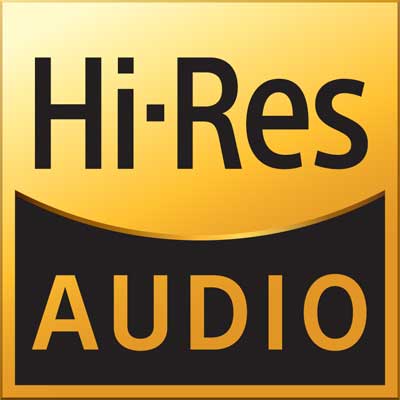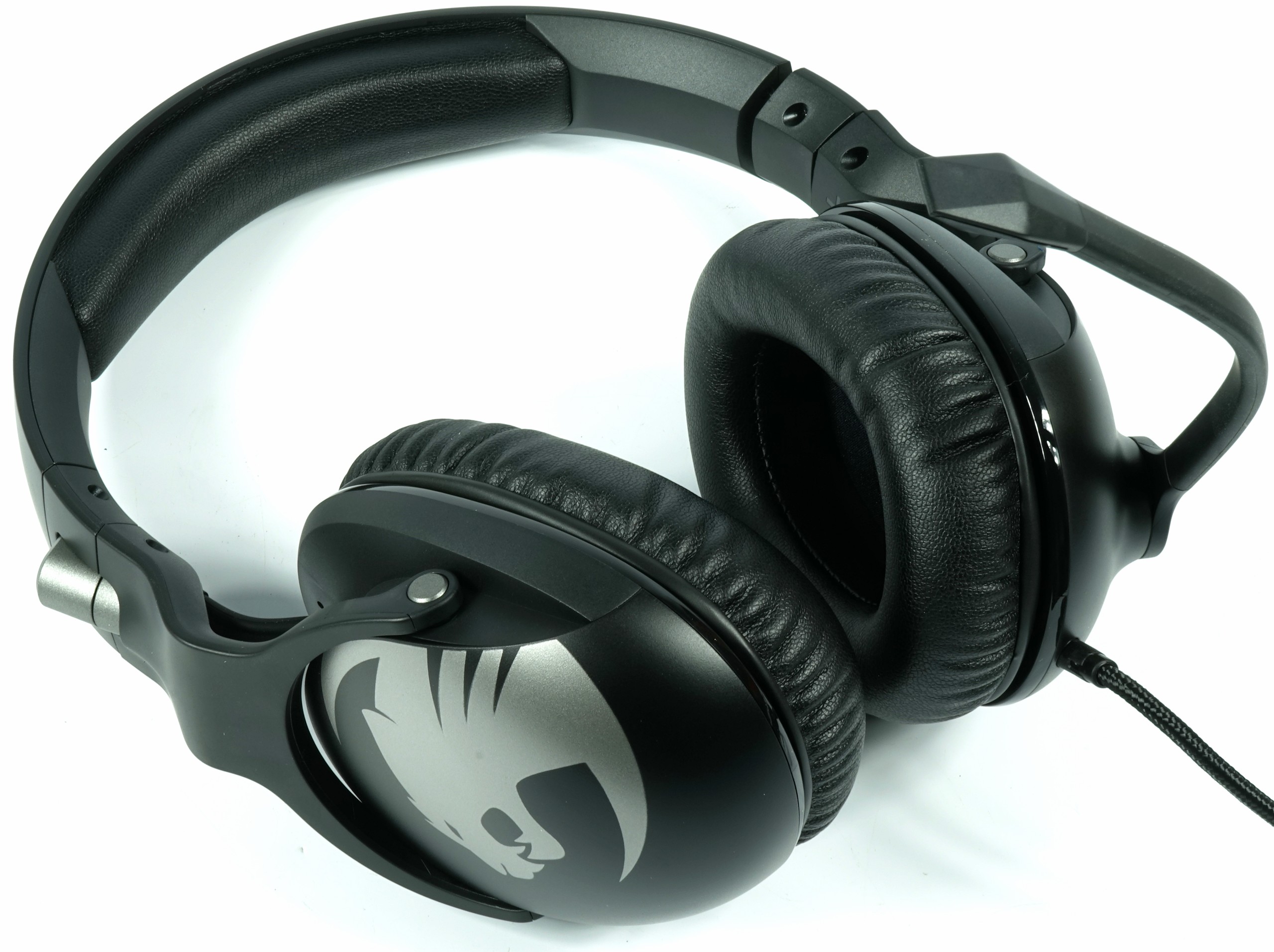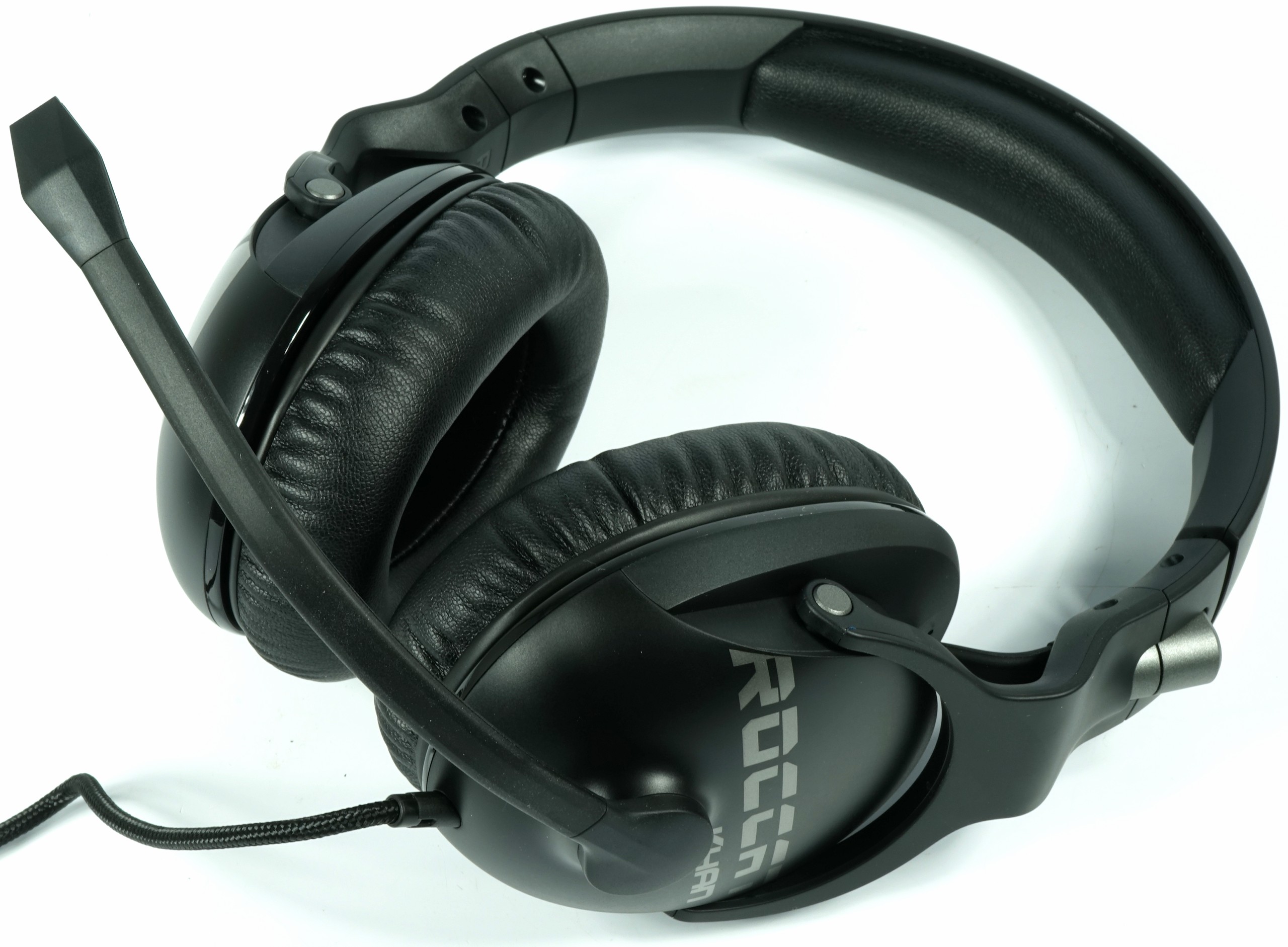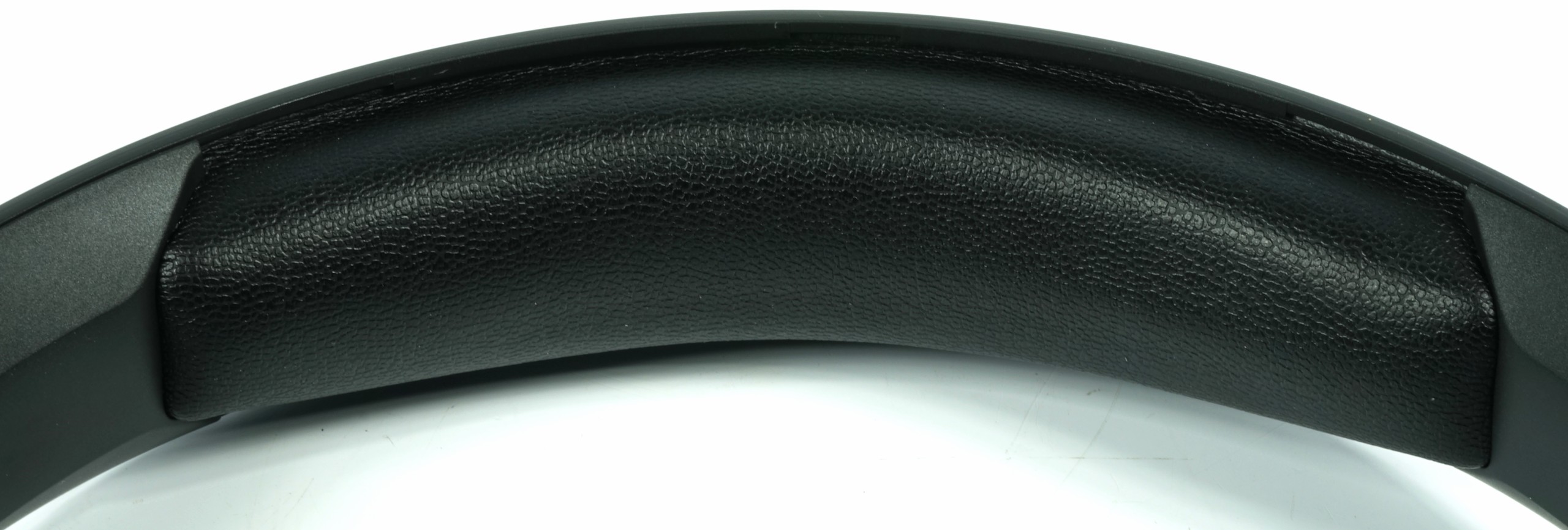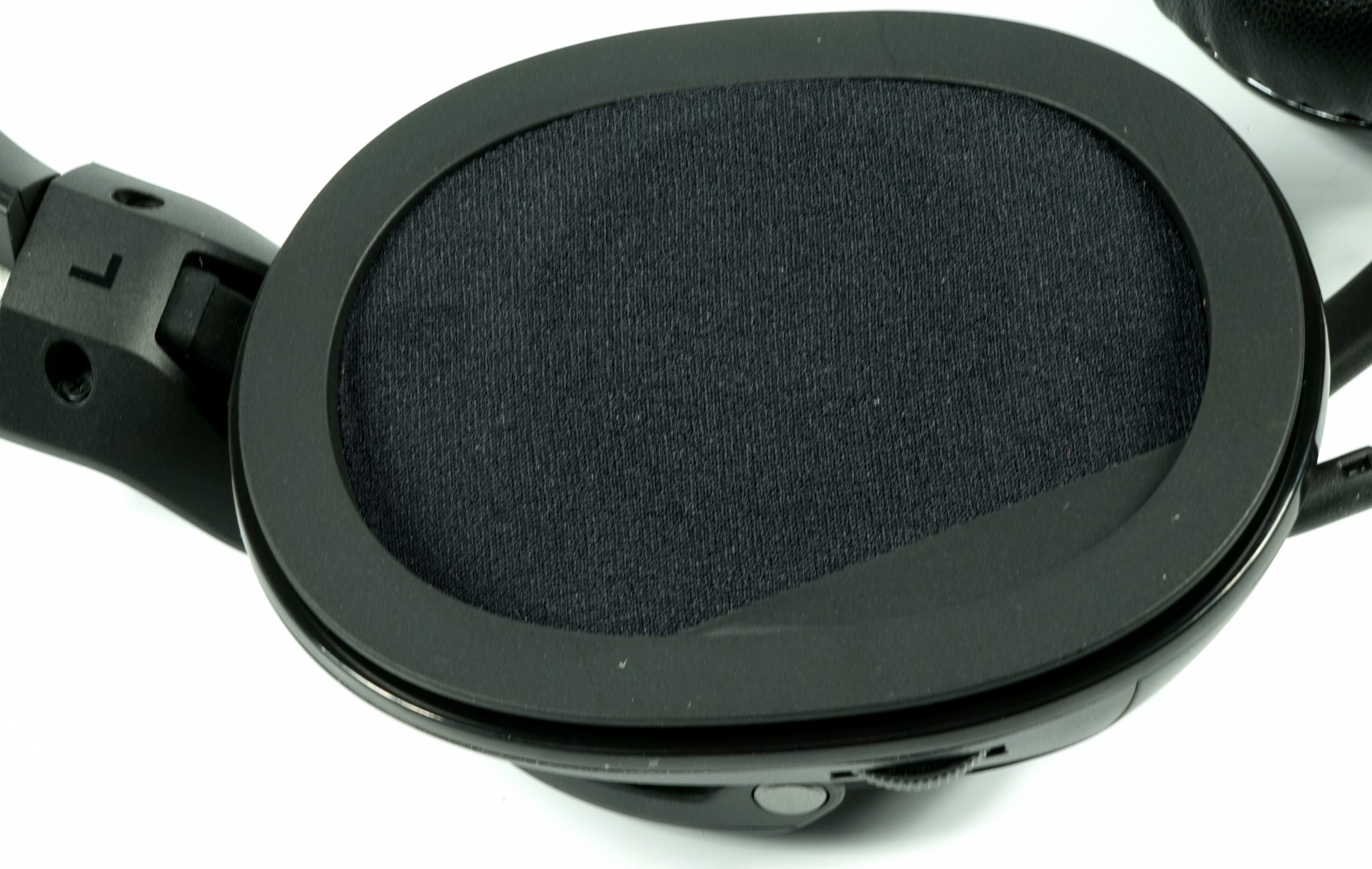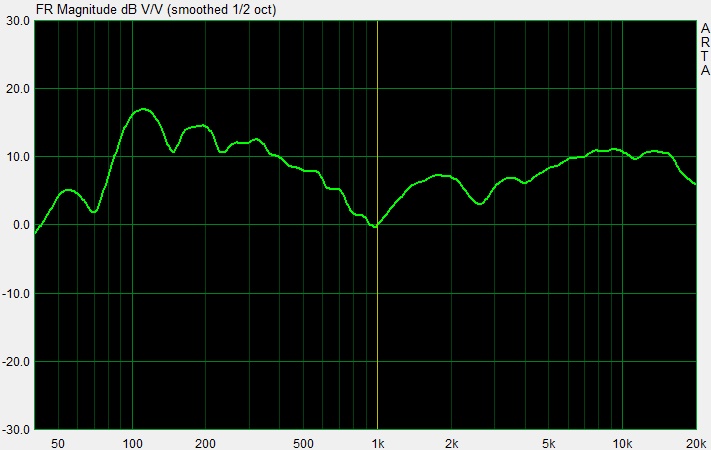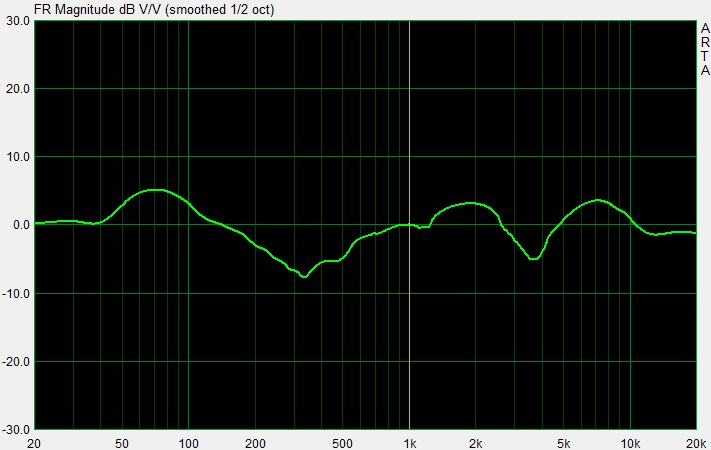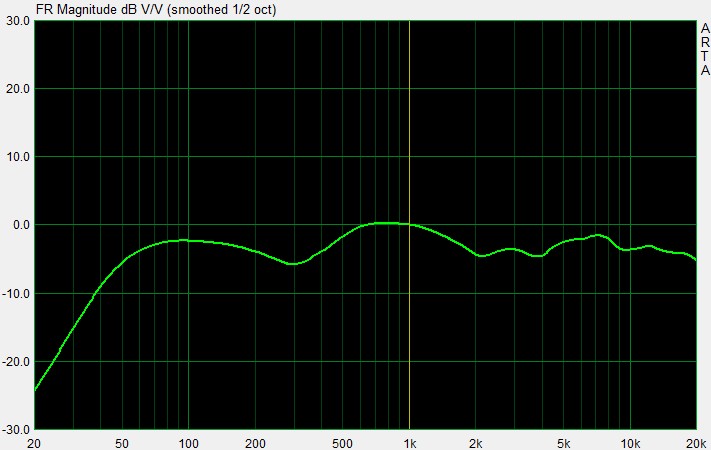Early Verdict
The Khan Pro would be a great gaming headset for about $20 less. Priced at $100, its plastic construction and average performance are out-shined by competing models. Not that Roccat's "Hi-Res Audio" solution looks or feels cheap. There are simply better options out there at its current price point.
Pros
- +
Good-looking design
- +
Reasonably good acoustic performance
- +
Cleverly-designed mic arm
- +
Comfortable fit
Cons
- -
Mostly-plastic construction
- -
Somewhat inaccurate volume potentiometer
- -
Too-high of a price
Why you can trust Tom's Hardware
If a company like Roccat wants to win over hearts and minds with a $100 headset, then its product needs to be better than the usual gamer forum recommendations, which are cheaper now than ever before. Can the "competitive, high-resolution" Khan Pro earn our recommendation? Let's start with its specs and dig in from there.
In addition to the actual headset, Roccat's package includes a quick-start guide and Y-adapter, which combines the two 3.5mm connectors (headphone-in and mic-out) in a multi-purpose jack for use with mobile devices.
However, Roccat should have implemented this solution the other way around, putting a single plug at the end of a shorter ~1.5m cable with an extension and an I/O adapter, rather than using a ~1.8m cable with two jacks (plus adapter) to start with. For mobile use, you're going to have to figure out what to do with all of the extra cable, particularly if you're in workout gear without any pockets.
What Is High-Res Audio, Anyway?
First things first: this is not really a high-resolution audio solution, even though the implication is certainly no coincidence. Years ago, Sony was the first company to use this term for one of its record players. The JAS (Japan Audio Society), as the leading organization behind this label, requires that analog devices achieve a "speaker and headphone performance of 40 kHz or above" in order to qualify.
Beyond that, the JAS does not list any requirements concerning actual reproduction quality. In short, the only hard criteria is that the upper end of the frequency range must be twice that of conventional transducers, except that there are no real limits to tolerances either. So, what sounds good remains up to each company: "Listening evaluation process is added and final decision as Hi-Res Audio product to be proved according to each company's sound evaluation standard." As always, in the end it is up to us to listen, measure, check, and judge objectively.
Look & Feel
At first glance, the graphite-gray headset (also available in white or black) leaves a good impression. It's hard to find anything wrong with it visually.
You only figure out everything is plastic once you turn the Khan Pro over in your hands. Apart from the headband, which has spring steel inside, metal is entirely missing from the body. And in light of the $100 price tag, that's a pretty bold decision.
Get Tom's Hardware's best news and in-depth reviews, straight to your inbox.
Microphone
The rotating microphone arm, on the other hand, is a clever design implemented as a flat band with memory functionality. When the arm is folded up, a very useful automatic mute feature is activated. Not only can you feel the switch engaging, but it's also audible as well.
We also like the lack of RGB lightning. Not everyone shares our opinion on the matter, but we've found that vivid colors are conceptually cooler at first. Over time, they can be harder to bear.
Roccat has us convinced that simple elegance can be convincing indeed. We only wish the company used beefier materials. There are certainly worse-built headsets out there though, and you might even get used to the all-plastic design eventually.
Comfort
Adjustable in three axes, the Khan Pro simply fits the way it should. Roccat's dual-hinge implementation isn't novel by any stretch. But why reinvent the wheel if you have tested and proven solutions that work well? Adaptation to smaller or larger head sizes is easy to achieve. However, given the choice of materials, we unfortunately cannot estimate how well this headset will hold up. To start, avoid exposure to UV radiation as much as possible.
The headband is sufficiently padded on the inside and does not apply unwelcome pressure, even after long periods of use. It's only a shame that the material used to cover this area does not appear to match Roccat's premium price tag. Similarly, the material used in the ear pads has a bad habit of collapsing, creating folds that may affect your ability to achieve a perfect seal. If you're particularly unlucky, both ear pieces may end up with a different fit, the result of which can be acoustically noticeable.
Functionality & Interface
The small volume control performs its function just as we'd expect. Although the wheel is positioned intuitively enough, you may find it difficult to reach. Worse, synchronization at the beginning of the potentiometer's range is somewhat inaccurate. In our sample, that means one of the channels comes on before the other.
There are no screws on the ear pieces. Therefore, it seems impossible to open them without using force. We chose to forego a look inside and avoid damaging our sample. But based on the way the cover is laid out, the driver appears to be positioned asymmetrically and tilted slightly towards the ear.
Measurements & Sound-Check
To read about our test methodology in depth, please check out How We Test Gaming Headsets, particularly page 6 where we detail the measurements we take.
We start with a measurement of the microphone's frequency range. For this test, we use a calibrated mic (for reference) in our purpose-built measuring room. This allows us to take comparative measurements and generate a curve that comes close enough for what we're trying to do (even if it isn't the most ideal method for testing Roccat's mic). So, while the limitations of our equipment don't allow us to calculate the microphone's exact frequency response, we do have a reasonable approximation to confirm our subjective impression.
There is a measurable low-cut below ~100 Hz that is also easy to hear. This is important because the microphone is inherently a bit bass-heavy. Thus, rumbling sounds should not be much of an issue. Speech intelligibility is good, and the overall output level is sufficiently high. Nevertheless, you might want to adjust your sound card's settings to slightly boost its level.
All sibilants (hissing sounds) are well-executed, since the high frequencies are not overly dominant. The sound leans toward a warm timbre due to strong upper bass and the audible presence of lower mid-range.
Headphone Measurement
The original curve doesn't look bad, except for one or two dents. Even at the upper and lower bounds of the frequency range, we still find the output to be at sufficient levels.
With that said, we abstained from any attempt to measure Roccat's claimed 40 kHz ceiling. Given our semi-professional equipment, the results just wouldn't be reliable. Then again, since we don't have many bats in our audience, you probably aren't missing out on anything exciting. It's safe to say that the 40 kHz specification is more theoretical in nature (though a great marketing fantasy).
A kink in the lower mid-range at about 325 Hz is not exactly a disaster. It appears to be the result of a bass boost (mechanical manipulation) through targeted tuning of the resonating body. Typically, this type of boost provokes a depression of the next higher frequency range as a consequence. Further, at ~3.6 kHz we notice a small hole attributable to the driver's properties. Of course, human ears just so happen to be sensitive to that particular frequency range. This more or less balances itself out subjectively, though you can use a software equalizer to fine-tune more precisely.
Our own tweaks bring the lowest bass down a bit by reducing its level. This may sound counter-intuitive, but it's not. In return for our small sacrifice, level stability improves enormously. There's less observable distortion in the resulting chart, along with cleaner peaks.
Subjective Audio Experience - Original versus Optimization
Now let's subjectively test the original tuning compared to the results of our manual equalizer adjustment. We began by running the headset for two days straight at a source with decent sound levels to make sure it is properly broken in.
Bass Reproduction
We test the lowest bass in the sub-contra octave (16.4 Hz to 32.7 Hz) with a recording of Bach's Toccata and Fugue in D minor (19 and 25 Hz), as well as the festival overture composed in 1880 by Tchaikovsky (10 Hz and 12.5 Hz). The same applies to the lower ranges of the contra octave (32.7 to 65.4 Hz). The large bass drum, usually tuned to ~55 to 60 Hz, is used to complete this evaluation.
By default, the bass is as dark as can be. But after our correction, the bass is audibly subdued (yet still noticeable). The new settings make everything sound more differentiated and clear without a loss of pressure. Granted, from about 30 Hz down, the reproduction gets a bit thin. This doesn't actually hurt the result, though. The contra octave is still covered in its entirety, pleasing those of us who enjoy powerful bass.
Reproduction of the large bass drum is sufficiently clear, with level stability appropriate for this price segment. The transient response is also acceptable. Ultimately, bass is definitely not one of the Khan Pro's weak points, either in stock form or after our optimizations.
Upper bass, up to 150 Hz, contains the male voice's fundamental speech frequency. Thus, it has a strong influence on the lifelike reproduction of male vocals.
This range sounds reasonably-balanced right out of the box, though it can get overly exaggerated. The reproduction of male vocals is almost too rich, though instruments sound quite natural. All in all, good resolution makes it easier to identify and locate non-dominant sound sources.
Mid-Range
The lower mid-range (sometimes called "fundamental range") spans from ~150 to 400 Hz. Together with the upper bass, this range plays an important role in producing the subjectively perceived warmth and fullness of sound. This is also where the fundamental range of female vocals can be found.
The reproduction of female vocals is spot-on. In stock form, voices and instruments are more neutral, leaning a bit towards cooler-sounding reproduction.
Frequencies leading up to 500 Hz sound a lot better with our optimized profile, since it almost completely eliminates the nasty dent at 325 Hz. Our tuning makes the Khan Pro sound warmer and more pleasant in this range. If you're a music-lover, you'll want to use them. Gamers won't care as much; the default setup works just as well.
The upper mid-range, from 400 Hz to about 2 kHz, contains the 1 kHz point that's used as a reference for many measurements. Unfortunately, this is often very noticeable, especially with cheaper devices, as manufacturers tend to overemphasize it a bit. This frequency range also plays a significant role in gaming, and its balanced reproduction contributes significantly to good spatial resolution.
With the Khan Pro's weaknesses behind us, we have more to be optimistic about. Instruments deliver the nuances we require of them, and resolution is good. Details shine through and the sound stage is ideal.
From a purely subjective point of view, music fans can expect the orchestra to be positioned wide enough, even if some quieter sources cannot always be placed accurately. These probably aren't the headphones you'd want for this purpose exclusively. Gamers, on the other hand, should be unconcerned. Your experience won't be affected; we're just being nit-picky.
High-Frequency Range
Between 2 kHz and 3.5 kHz is where the human ear is most sensitive, especially since the lower levels of this range are responsible for the human voice's overtone reproduction. This frequency range is crucial to the recognition of a voice or an instrument. Thus, in this context, it also relates to the respective tone color, or timbre.
Our improved profile makes everything in this range sound more natural, even if Roccat's stock settings already sounded pretty good. In both implementations, in-game sound localization seems fairly accurate. The result could always be better, of course. But there are worse-performing headsets selling alongside the Khan Pro. All things considered, then, our observations are quite acceptable.
The mid-high range (3.5 to 6 kHz) determines the success or failure of speech reproduction as a whole, since sibilant sounds (like the letter "s" and hiss sounds) fall into it. The upper trebles range up to about 10 kHz, where we pass into the territory of super-high frequencies.
High and super-high frequencies are dominant, without question. However, the reproduction does not sound metallic or sharp, which would lead to overemphasized sibilants and air noises. Instead, the sound is more or less neutral.
Roccat's specified frequency response from 20 Hz to 44 kHz seems realistic, at least up to about 20 kHz. The Khan Pro ends up being a little too bass-heavy for our tastes, even if that's what gamers seem to be into these days.
Conclusion
A $100 price tag is overly ambitious, given the Khan Pro's construction and measured performance. We see this headset more in the $80 category, and if it was selling in that range, it might have even earned a recommendation. To be a player up where the Khan Pro is priced, it really needs to be built from higher-quality materials.
By no means is this to say that Roccat's offering looks or feels cheap, because it doesn't. But similar to the food being served in a high-end restaurant, sufficient quality isn't good enough. You also expect an attention to detail that goes above and beyond. This is where the Khan Pro comes up short. Though the issues are minor, we cannot overlook the price...
We can only advise Roccat to take a step back, consider the market's realities, and make some adjustments based on competing solutions.
MORE: Best Deals
MORE: Best PC Builds

Igor Wallossek wrote a wide variety of hardware articles for Tom's Hardware, with a strong focus on technical analysis and in-depth reviews. His contributions have spanned a broad spectrum of PC components, including GPUs, CPUs, workstations, and PC builds. His insightful articles provide readers with detailed knowledge to make informed decisions in the ever-evolving tech landscape
